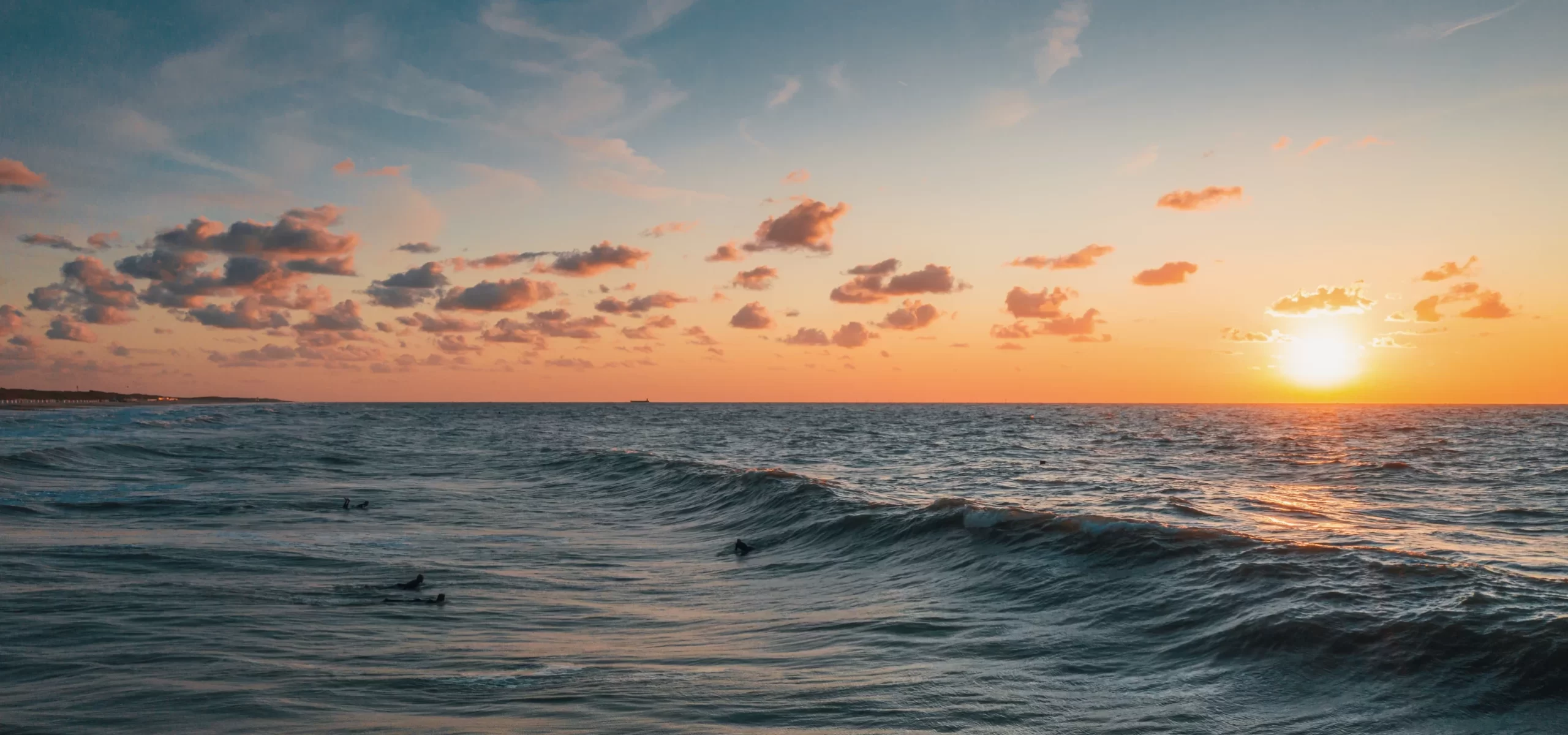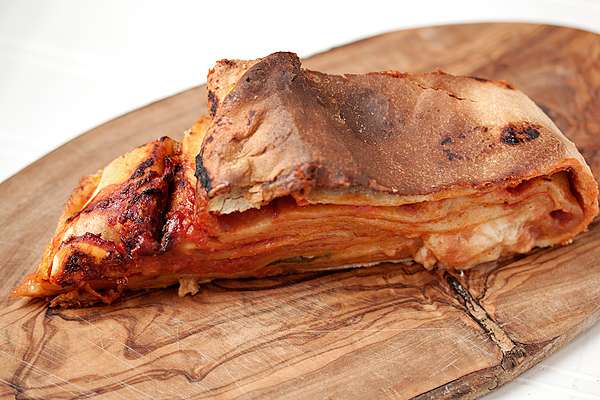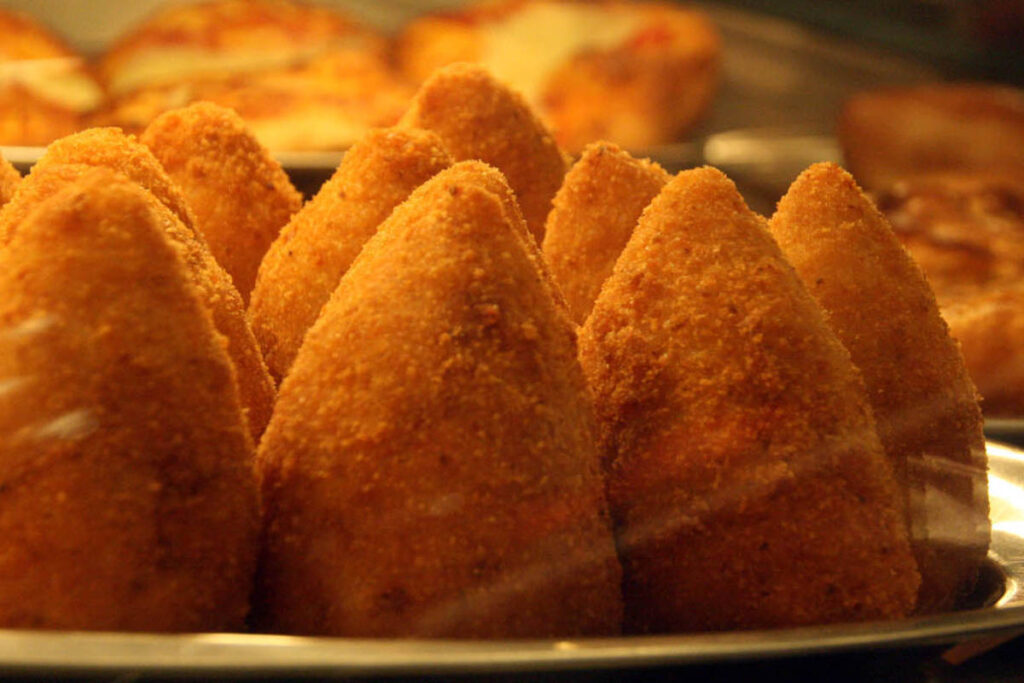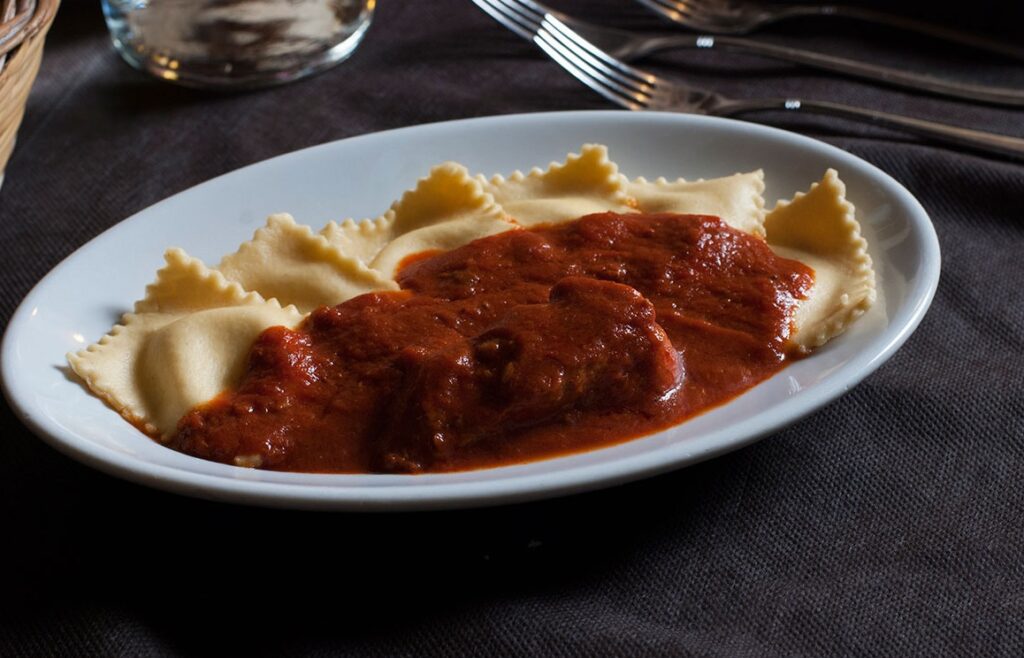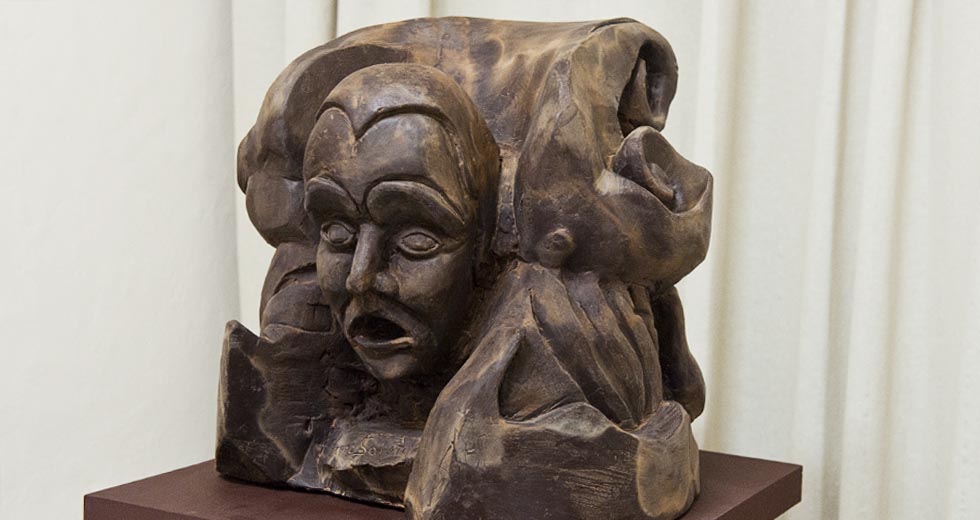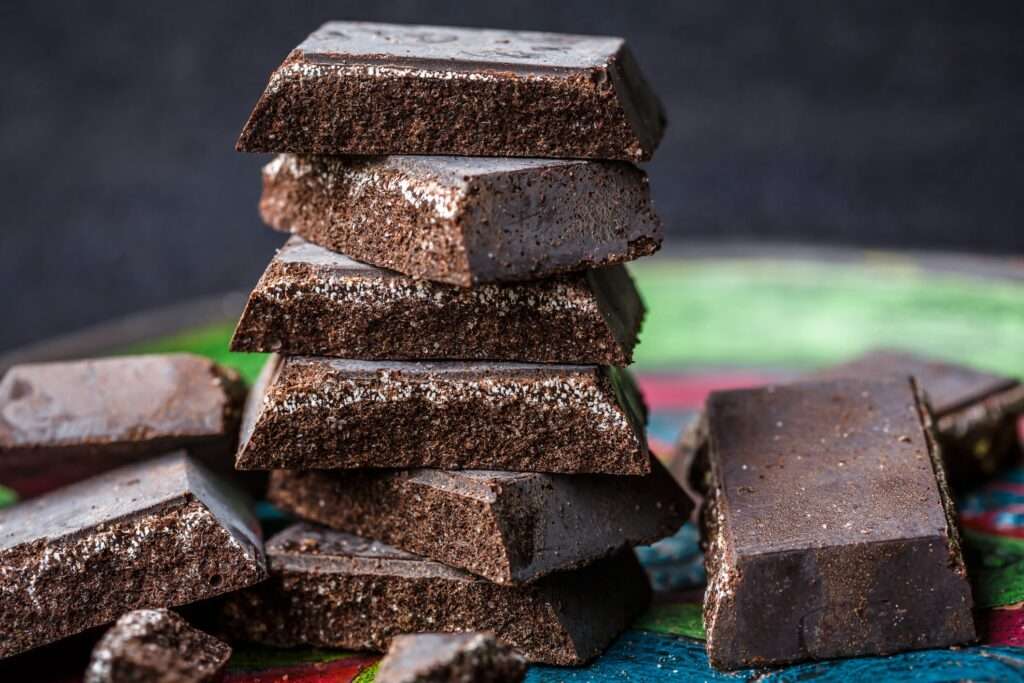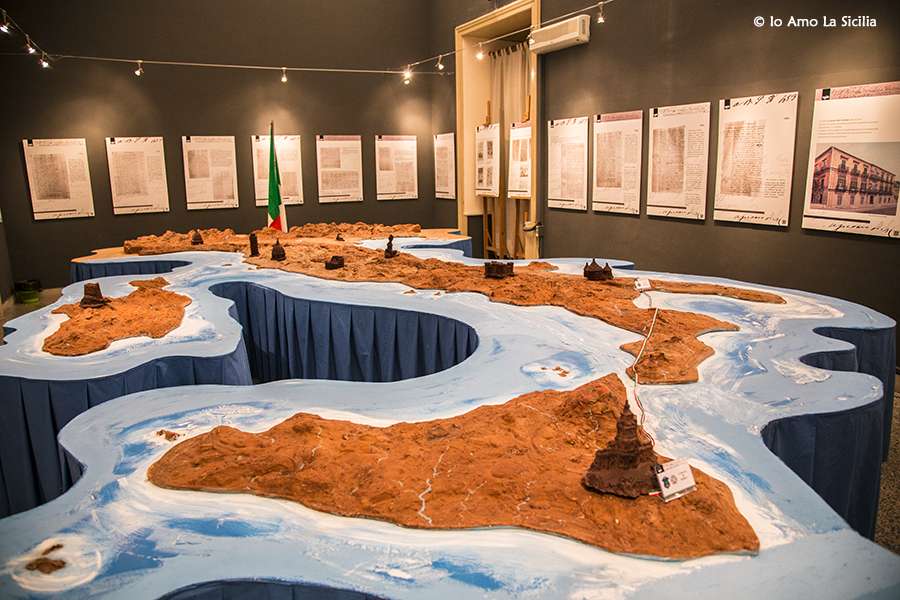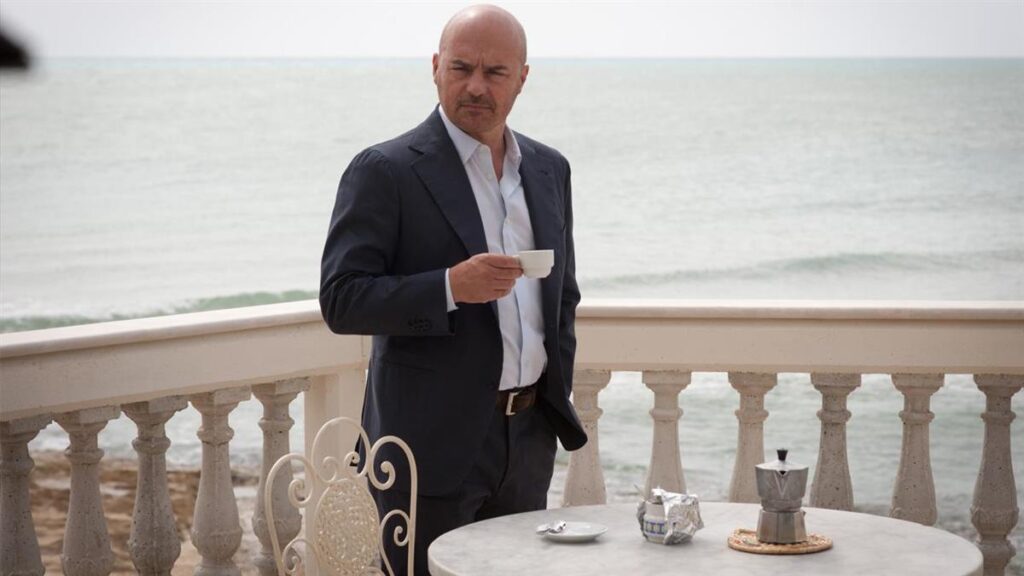
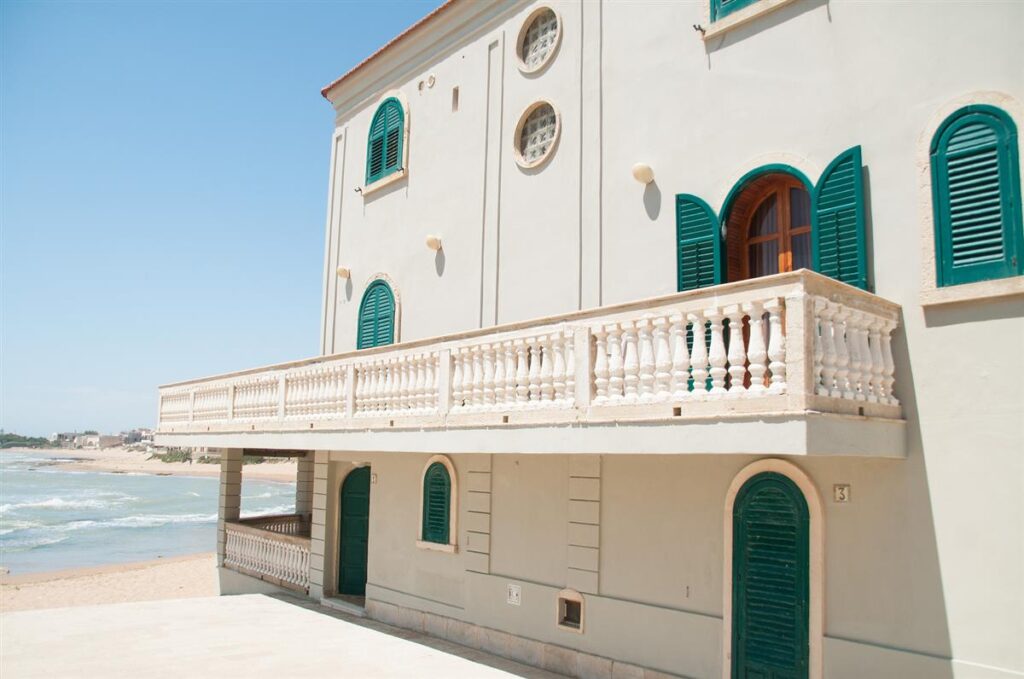
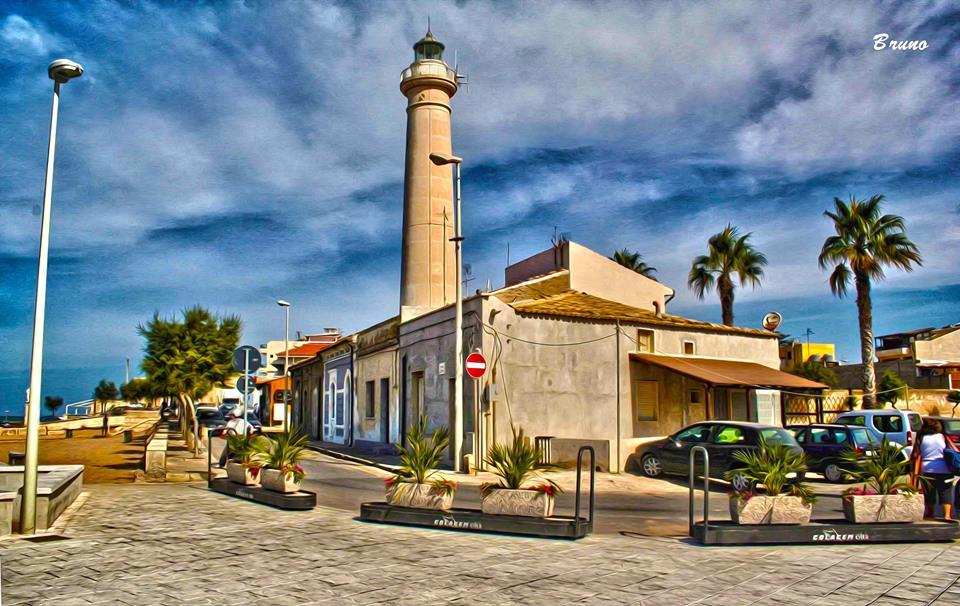
Mediterranean Sunset is located in Torre di Mezzo, a stone’s throw from the sites of Commissario Montalbano.
Commissario Montalbano, born from the pen of Andrea Camilleri, made us fall hopelessly in love with some unspoiled corners of Eastern Sicily. He introduced us to villages, seaside towns and breathtaking beaches.
Montelusa, Vigata, Mannara and Marinella, these are the places where the events related to Commissario Salvo are intertwined.
These are actually invented names that we can find in the villages and towns of the province of Ragusa. To discover Montalbano’s places, it is necessary to take a trip to eastern Sicily, among the wonders of the Val di Noto, stopping in Ragusa Ibla, Scicli, Punta Secca, Ispica, Modica, Elicona and Vittoria (just to name a few).
Visiting these places means taking a trip to marvelous cities, where the Baroque style is taken to the nth degree, you will find it in the squares, churches and monuments but not only that, you will see a wonderful stretch of coastline, where wild nature makes way for fine sandy beaches.
The famous resort known as Marinella, coincides with Punta Secca, and the commissioner’s seaside home is one of the most booked B&Bs on the coast, credit to the TV series.
Punta Secca is a seaside hamlet of Santa Croce Camerina, it is a small seaside village that has become famous for being home to the Commissario.

